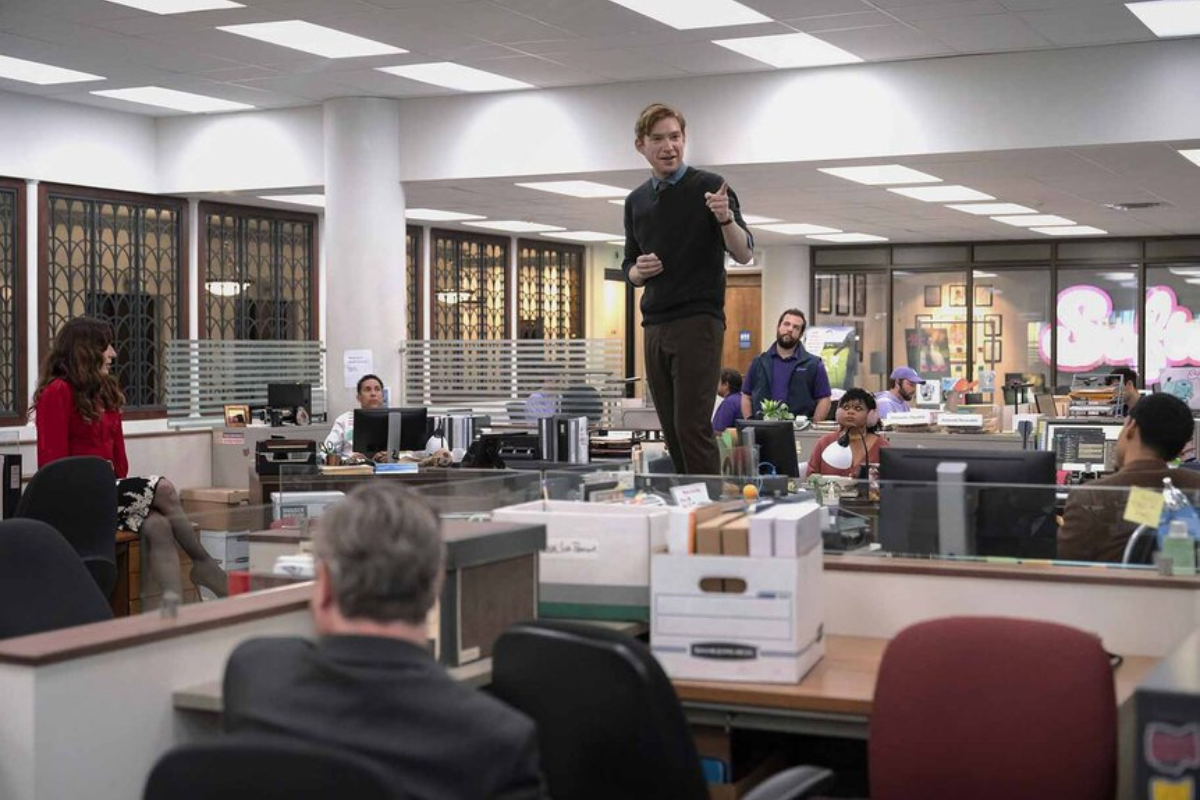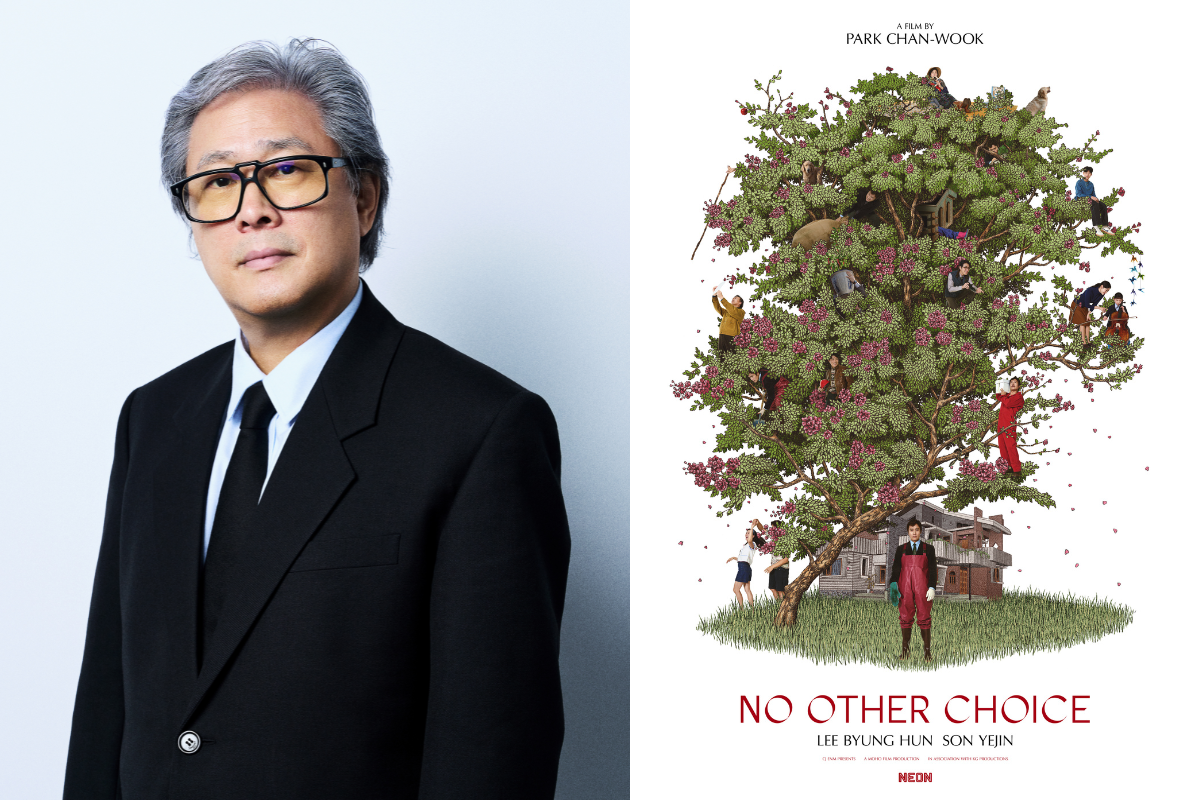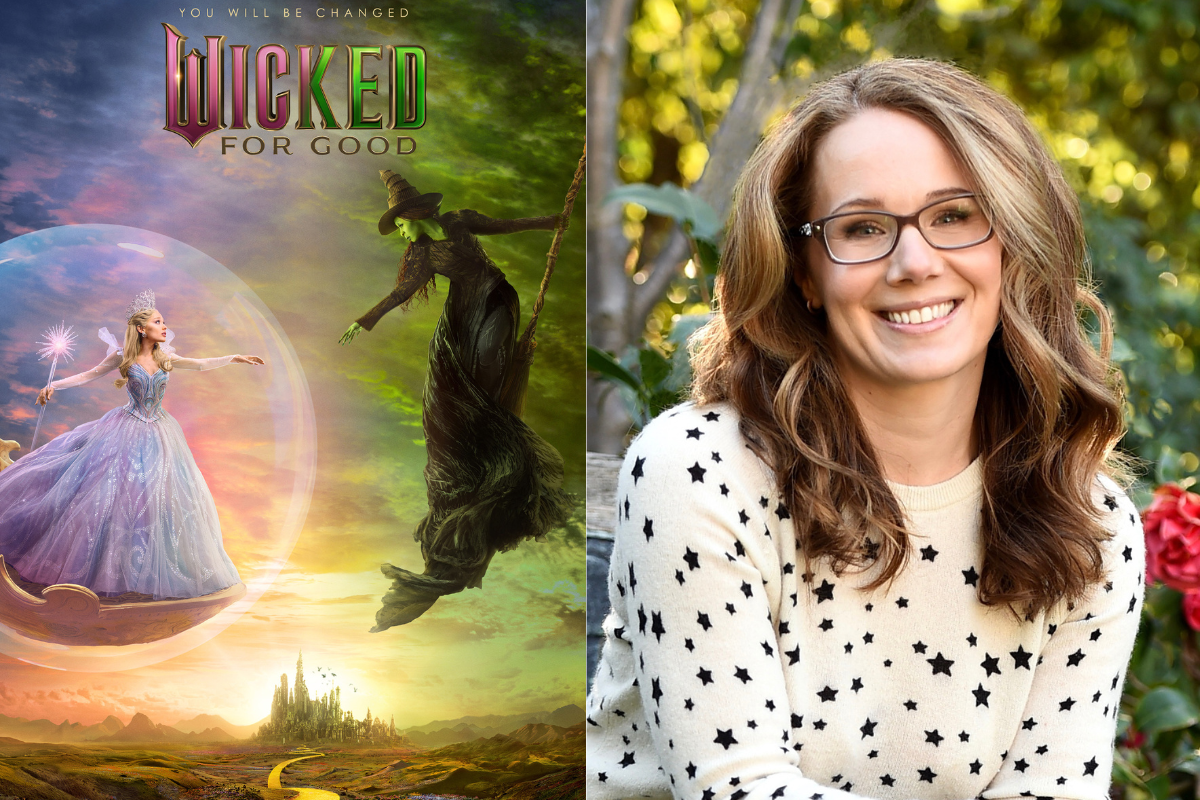Economic Storytelling with Sundance Short Film ‘Work’ Writer-Director April Maxey
Filmmaker April Maxey speaks with Script about how she started out as a filmmaker, workshopping the short through the AFI Directing Workshop for Women, and the types of stories she’s driven to tell.
Unable to move on from a breakup, Gabi, a queer Latina freelance editor, impulsively drops into her old job as an underground lap dancer, where she reconnects with an old friend, and begins a journey of finding her way back to herself.
April Maxey's creative background bleeds through her vision and approach to storytelling in her short film Work. I had the great pleasure of speaking with April about how she started out as a filmmaker, workshopping the short through the AFI Directing Workshop for Women, and the types of stories she's driven to tell.
This interview has been edited for content and clarity.
Sadie Dean: Tell us about your filmmaking origin story.
April Maxey: I had dabbled in acting in high school and had been exposed to indie film sets and stuff like that kind of early on, but I didn't know I was going to major in film or anything. I always loved independent films and I just didn't understand how it could be a career. [laughs] So, I went to art school for graphic design and then I changed junior year, because I didn't like sitting in front of a computer. I made shorts in college that got into some festivals. And that really made me fall in love with the idea of making something that audiences can respond to in real-time and are affected by so I just tried to keep doing that. And I worked as a camera assistant, and a DP and editor; I was doing that in New York for a long time. And I kept trying to make shorts on the side. Then, I got into the AFI Directing Workshop for Women, which was a huge deal, and that allowed me to make this short that's on this much larger scale than I'd ever worked before, with the support of the institution of AFI.
Sadie: The storytelling in this short film is very economic, you’ve packed so much in just 13 minutes, which is incredible and it’s also visually pleasing. I can definitely sense your varied background coming into play here. Since you’ve worn so many creative hats, was it easy for you to hand off these other jobs like cinematography and editing?
April: Aside from my initial graphic design background, I would say visually, I am very influenced by my background in cinematography and lighting and understanding color theory, but I hadn't actually shot my own shorts since college and I would never voluntarily do that if I didn't have to. [laughs] But I really enjoy working with other amazingly talented people who I think are better than me at doing their jobs, like my cinematographer Melinda James. I had seen her work at the New Orleans Film Festival, and I really liked that she had this varied background that didn't just come from traditional narrative training only, and I just really liked her style - it just felt very visceral and emotional to me. This is the first time I worked with an editor; before that, I was still editing my own stuff. Steph Zenee Perez also came from AFI, and never again do I want to edit my own stuff after working with her [laughs] Editing is its own skill - like there's your script, and then there's what you shoot, and the edit is a totally different thing. And she made it very economical and clear.
Sadie: With this edit, I’m sure it reshaped your story and possibly your pilot as well, will that be the new trajectory for the TV series?
April: I've now shifted to concentrating on making it a feature. But regardless, this story had lived in my head as this long, elaborate thing, which is why this short feels so densely packed. I was concerned, can I tell this in a short form? Which Steph helped, Melinda and everyone helped me do. But working with Steph, she had reached out to me - she saw my pitch on Instagram for my Seed and Spark, and she was like, ‘Hey, I'm also a queer Chicana editor from AFI and this story sounds awesome. Do you have an editor?’ I feel like she cared deeply about the character in the story and felt connected to it. She put so much in, beyond whatever tiny editing budget we had and we really built the final story together. And it's funny, because part of the directing workshop for women, like two days ago, you have to turn in a conformed script to reflect the cut, which is an interesting exercise. And I was doing it and I was realizing like, ‘Dang, the conformed script is nine pages and it's three and a half pages less than what it was written to be.’
Sadie: Oh wow, what an interesting writing exercise. Working with your DP, what was behind the decision of shooting on film for the flashbacks?
April: It's wild because when I was conforming to script there weren't actually flashbacks in the script. There was a dream sequence that was surreal. And my friend had these three rolls of expired film in their fridge when they moved into their New York apartment. And so, Melinda had access to like a little wind-up Bolex, and we did one camera test and developed it to see if there was an image or anything and how to expose it. And it was beautiful. And I was like, OK, we have this one light dream day where we're outside shooting, let's bring in the ex and do these around my house, do these flashbacks and see where they go. I was like, ‘Steph will figure out where they go!’ [laughs] Very mixed media. I just knew that there's all these moments and emotions to capture, I just don't know exactly where they go yet, but I just want to have them.
Sadie: Where did the seed come from for this story?
April: The idea kind of had taken different forms, and when I wrote it to apply to the AFI workshop, it was initially this love story of a woman who works at the lap dance club, and then she meets someone and they fall in love, and she has a secret and doesn't know how the other woman will react. And then I went through a breakup in the pandemic, and I was like, ‘I cannot make a love story.’ [laughs] And I think it made for a much better, more poetic story. And that job, I had worked at an underground lap dance spot as like one of my hustles in New York over the years in my 20s, and it was just something that not a lot of people knew about, and I just always wanted to tell a story set in that world; and challenge people's views of who does that job and why - and then also just really present it as a job that is not demonized or any lens of judgment on it. So, it was all of those things and then just having basically an extra year to work on this script, because production got pushed because of the pandemic. I had a lot of time alone and a lot of time to rewrite.
Sadie: I'm sure it was very cathartic and therapeutic.
April: [laughs] Yes, it was.
Sadie: It's just a human story about someone dealing with the loss of love and I think that's what makes this story so rich. So, will this short be used as a proof of concept to do the feature?
April: Yeah, I've been working on the feature; all morning working on it and I'm like, [gasps] ‘Going into my past is a lot!’ [laughs] Because I think my stuff is so emotional, but I feel like it works and that's what makes people connect to it, but it's like, oh my god writing is the hardest part of the process for me. I think I heard Ava DuVernay say in an interview, ‘I write because I have to, not because it's a fun part.’ And I feel like that too! I have friends that are like, writer writers and they're just writing this and that all the time. And I'm like, ‘Oof, I'm only writing this because I want to direct the movie of it.’ [laughs] But yeah, I've just been working on that script, and I'm hoping to share it with people by the end of the month I would love to submit it to the Sundance screenwriter lab and just trying to make that the best that it can be.
Sadie: What kind of stories are you excited to tell and what’s next for you?
April: I think at the root, I like telling stories about how connections can be transformative and our innate desire to want to connect and the experience of being human is so lonely sometimes; I feel like those are themes that I like to portray within the queer experience. And there's this other part of me that kind of wants to do a queer horror film. [laughs] I also have an idea for an anthology series that is all queer folks. I usually am just focused very intensely on one thing at a time, but those are my other little seeds that I need to work on.
Learn more about the craft and business of screenwriting from our Script University courses!
Sadie Dean is the Editor of Script Magazine and writes the screenwriting column, Take Two, for Writer’s Digest print magazine. She is also the co-host of the Reckless Creatives podcast. Sadie is a writer and filmmaker based in Los Angeles, and received her Master of Fine Arts in Screenwriting from The American Film Institute. She has been serving the screenwriting community for nearly a decade by providing resources, contests, consulting, events, and education for writers across the globe. Sadie is an accomplished writer herself, in which she has been optioned, written on spec, and has had her work produced. Additionally, she was a 2nd rounder in the Sundance Screenwriting Lab and has been nominated for The Humanitas Prize for a TV spec with her writing partner. Sadie has also served as a Script Supervisor on projects for WB, TBS and AwesomenessTV, as well as many independent productions. She has also produced music videos, short films and a feature documentary. Sadie is also a proud member of Women in Film.
Follow Sadie and her musings on Twitter @SadieKDean







